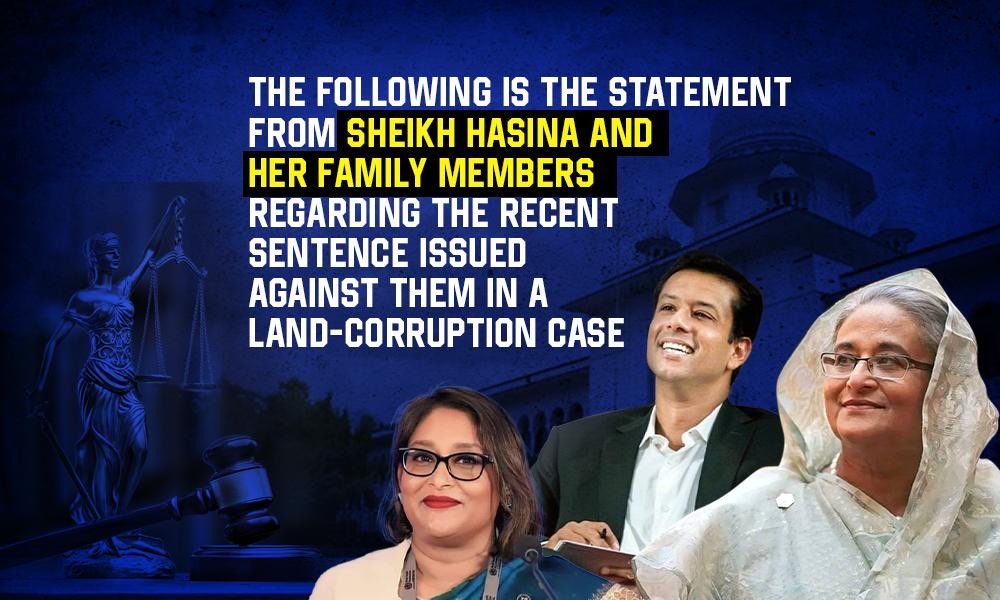924
Published on December 22, 2014“The decision was taken in a two-day-long meeting among the SAARC energy regulators that ended today [Monday],” Bangladesh Energy Regulatory Commission (BERC) chairman AR Khan told a press conference at a city hotel yesterday.
“The plan of action is intended to facilitate the creation and effective operationalisation of a common electricity market in the South Asian region... There are many opportunities in the SAARC countries. All the countries would be benefited if we can form the body.
“We need a trans-border electricity grid line so that we can exchange or trade power,” AR Khan said.
Mohammad Ibrahim Ghafoori, director of the South Asian Association for Regional Cooperation (SAARC) Secretariat, said: “The meeting was fruitful and the decisions we have taken will strengthen the relationship among the SAARC countries.”
According to the plan, national energy regulatory authorities would communicate with each other in electronic format through the designated focal points for sharing knowledge, expertise and experiences, along with legal documents on energy regulation as well as on specific regulatory issues. Member states were also encouraged to harmonise their regulatory frameworks relating to cross-border electricity trade.
The SAARC energy regulators recognised that harmonisation of regulations, codes and standards for electricity grids were of vital importance for cross-border electricity trade in the region.
In this regard, they agreed that the national regulations, codes and standards relating to electricity grids would be exchanged among member states in electronic format.
The SAARC Secretariat, upon receipt from member states, will convey the information to the SAARC Energy Centre to prepare by December 2015 – a compendium and a comparison chart of national regulations, codes and standards as well as national tariff determination principles and relevant procedures.
The compendium and the comparison chart will then be circulated among member states in electronic format through the SAARC Secretariat. The document will be made available in the websites of the SAARC Secretariat and the SAARC Energy Centre.
Under the plan, elements of regulatory issues relating to cross-border electricity trade or exchange may be deliberated in subsequent meetings with a view to harmonising the elements.














